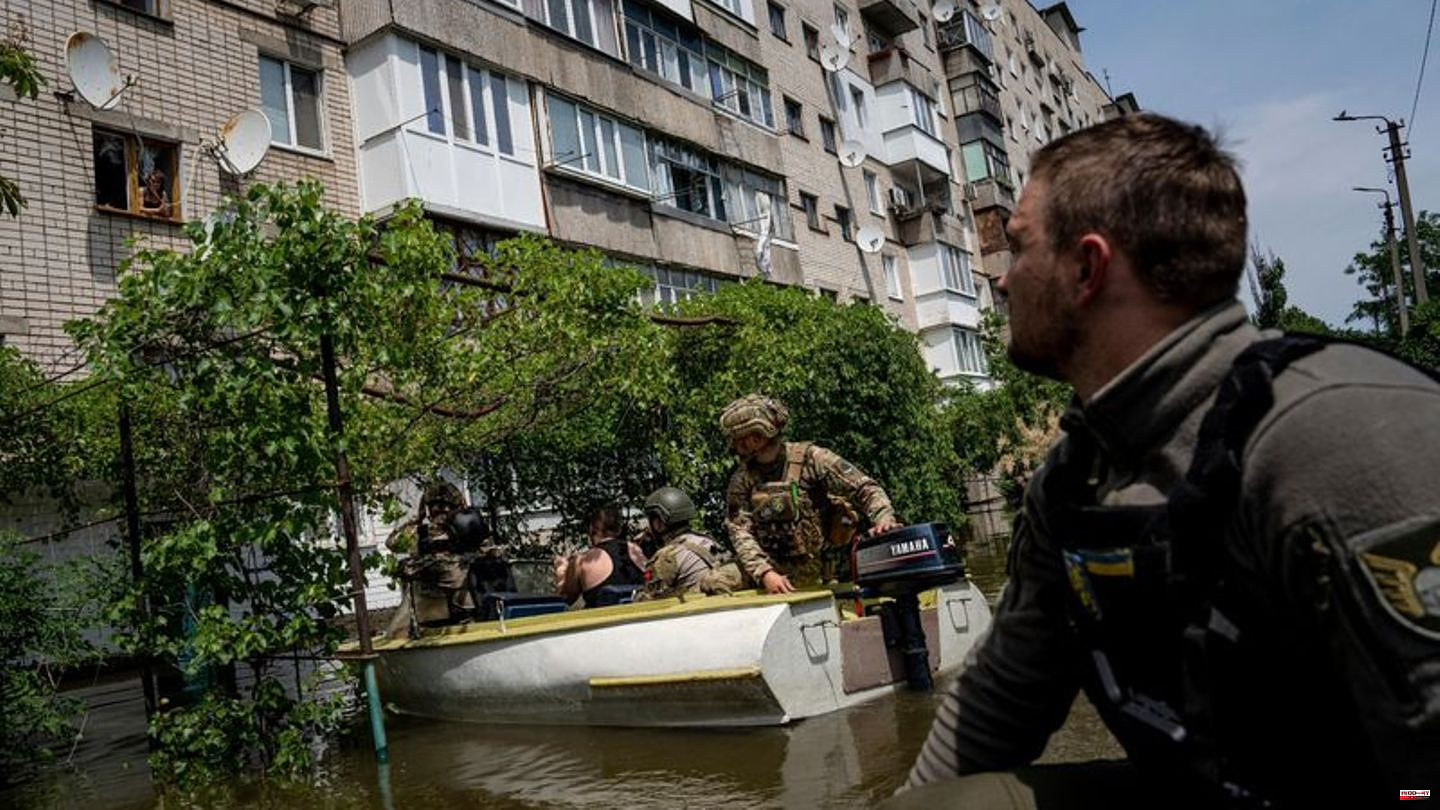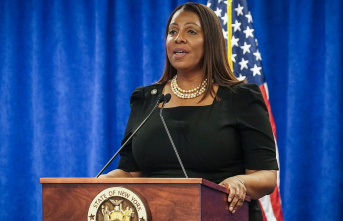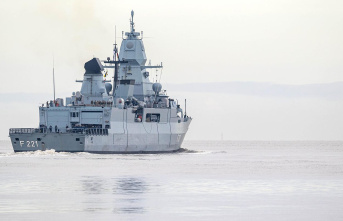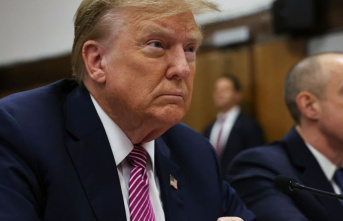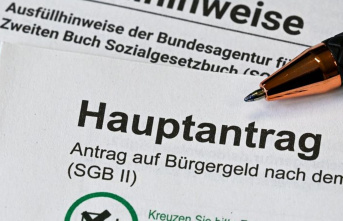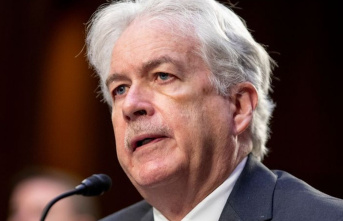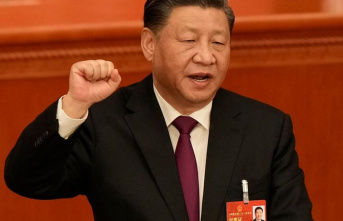Ukrainian President Volodymyr Zelenskyy has accused Russia of adding to the humanitarian catastrophe that followed the dam's destruction. "Russian terrorists are trying to aggravate the situation they created with their ecocide," Zelenskyy said in his daily video address.
Shelling of evacuation points
Russian troops shelled rescue workers and evacuation points, Zelenskyy said. Corresponding videos appeared in the media yesterday. The Ukrainian head of state also accused Moscow of abandoning the people living in the Russian-occupied part of the flooded southern Ukrainian region of Kherson. "The catastrophe spread there on the second day," said Zelenskyj.
Kremlin sends senior officials to the crisis area
Unlike Zelenskyy, Russian President Vladimir Putin has not yet visited the flooded areas and only issued public instructions to send aid to the region two days after the dam burst. Yesterday, however, a high-ranking Kremlin official, Sergei Kiriyenko, the deputy chief of the presidential administration, inspected the crisis area.
"In order to be able to objectively assess the situation, we (with Kiriyenko) traveled the flooded territories of Hola Prystan and Oleshky - this is where the situation is most tense," said Andrei Alekseyenko, the governor of Kherson appointed by Moscow, on his telegram channel with. The attached videos show Kiriyenko inspecting the flooded area and speaking to a person affected. After the destruction of the Kakhovka dam, large areas of southern Ukraine are under water.
Kiriyenko, who was head of government in Moscow for a short time at the height of the Russian financial crisis in 1998, is considered to be responsible for domestic policy in the presidential administration - and as curator for the occupied territories of Ukraine.
UN not in flood plains under Russian occupation
Meanwhile, the United Nations is trying to gain access to the flooded areas under Russian occupation after the dam burst in Ukraine. So far, the UN emergency aid office OCHA has not been able to confirm a UN mission in the region, said OCHA spokesman Jens Laerke in Geneva. "We continue our principled efforts to reach the Russian-controlled areas of Ukraine."
According to Ukrainian information, the United Nations is ready to send aid teams quickly, but is waiting for Russian guarantees of access and security. This was announced by the foreign office in Kiev after a meeting between Foreign Minister Dmytro Kuleba and the UN system coordinator in Ukraine, Denise Brown. Kiev itself is ready to provide all security guarantees for humanitarian operations.
Zelenskyj leads crisis meeting on drinking water supply
Zelenskyy, after visiting the Kherson flood area, also held an emergency meeting on the drinking water supply of the Dnepropetrovsk region. There are problems with the water supply in the cities of Kryvyi Rih, Marganets, Pokrov and Nikopol, reported the military governor of the region, Serhiy Lysak, according to a statement from the presidential office.
Minister of Development and Infrastructure Oleksandr Kubrakov presented a project for the construction of a new reservoir, which will be partly on the territory of the existing one. In his later video message, Selenskyj also addressed the drinking water problem. There could be inconveniences, but the supply of drinking water would be secured, the 45-year-old promised. "The decisions are there, the resources are there, the money is there."
Water level falls below critical mark
A high-ranking Ukrainian official had previously warned of a lack of water in the outflowing reservoir. "The level is already at 12.50 meters, which is below the dead point of 12.70 meters," said the head of hydroelectric power plant operator Ukrhidroenergo, Ihor Syrota, on Ukrainian television. This means that no more water can be taken to supply drinking water to the surrounding villages and to cool the Zaporizhia nuclear power plant on the south bank of the Kakhovka reservoir.
According to Syrota, the water level in the reservoir falls by about a meter every day. He estimates that this trend will continue for another week. If the dam is destroyed to the core, the level could drop to up to 3 meters. This means that the Dnipro will return to its original riverbed before it was dammed.
What is important today
Aid deliveries from the Technical Relief Agency (THW) are expected in Ukraine. Among the supplies are drinking water filters and power generators. The battle on the front between Russian and Ukrainian troops continues.
Recently, the fighting in southern Ukraine had come to a head. Officially, Kiev has not yet confirmed the start of its own major offensive. Media reports, however, that Ukraine has launched an attack in several places.

